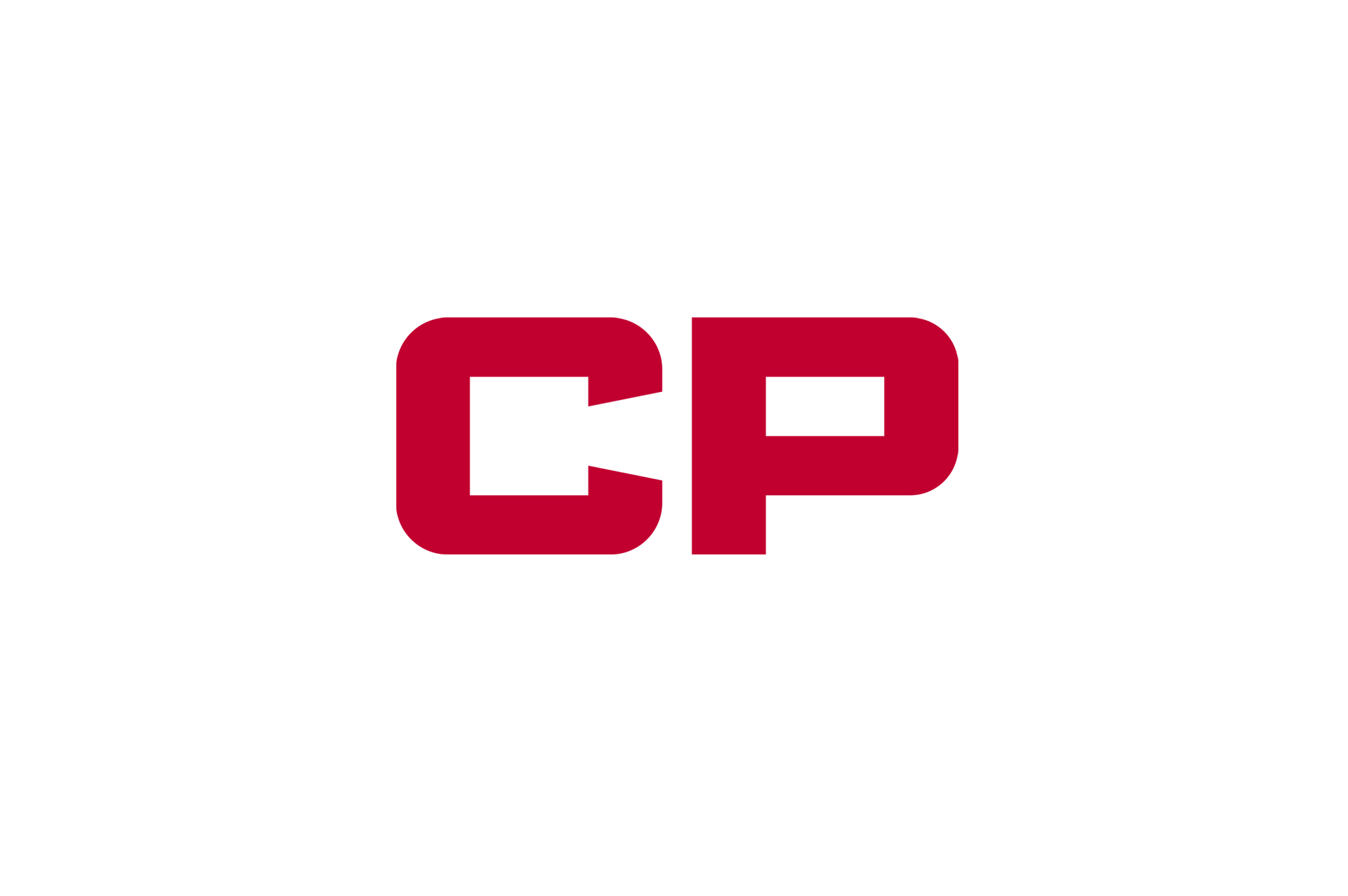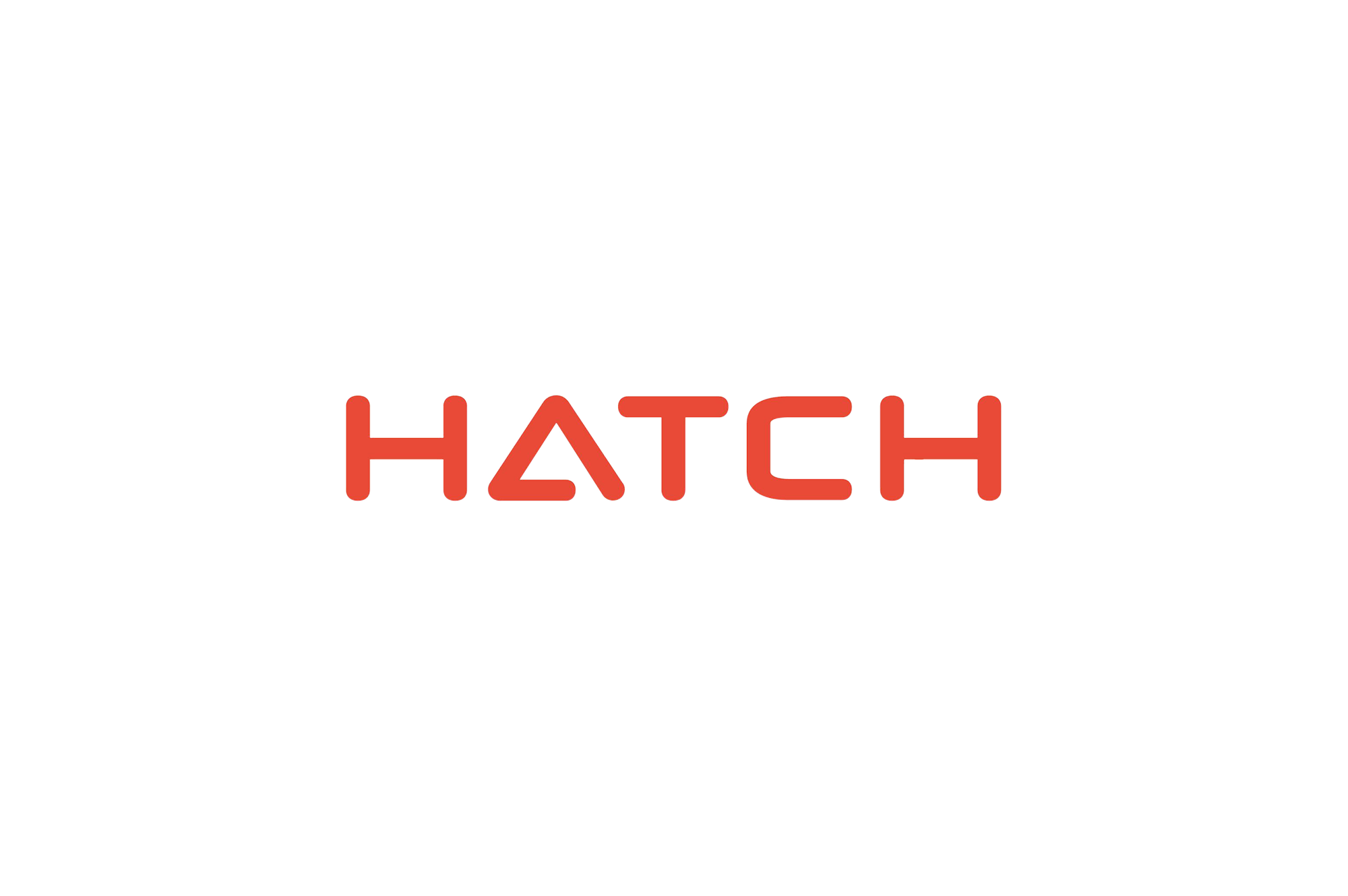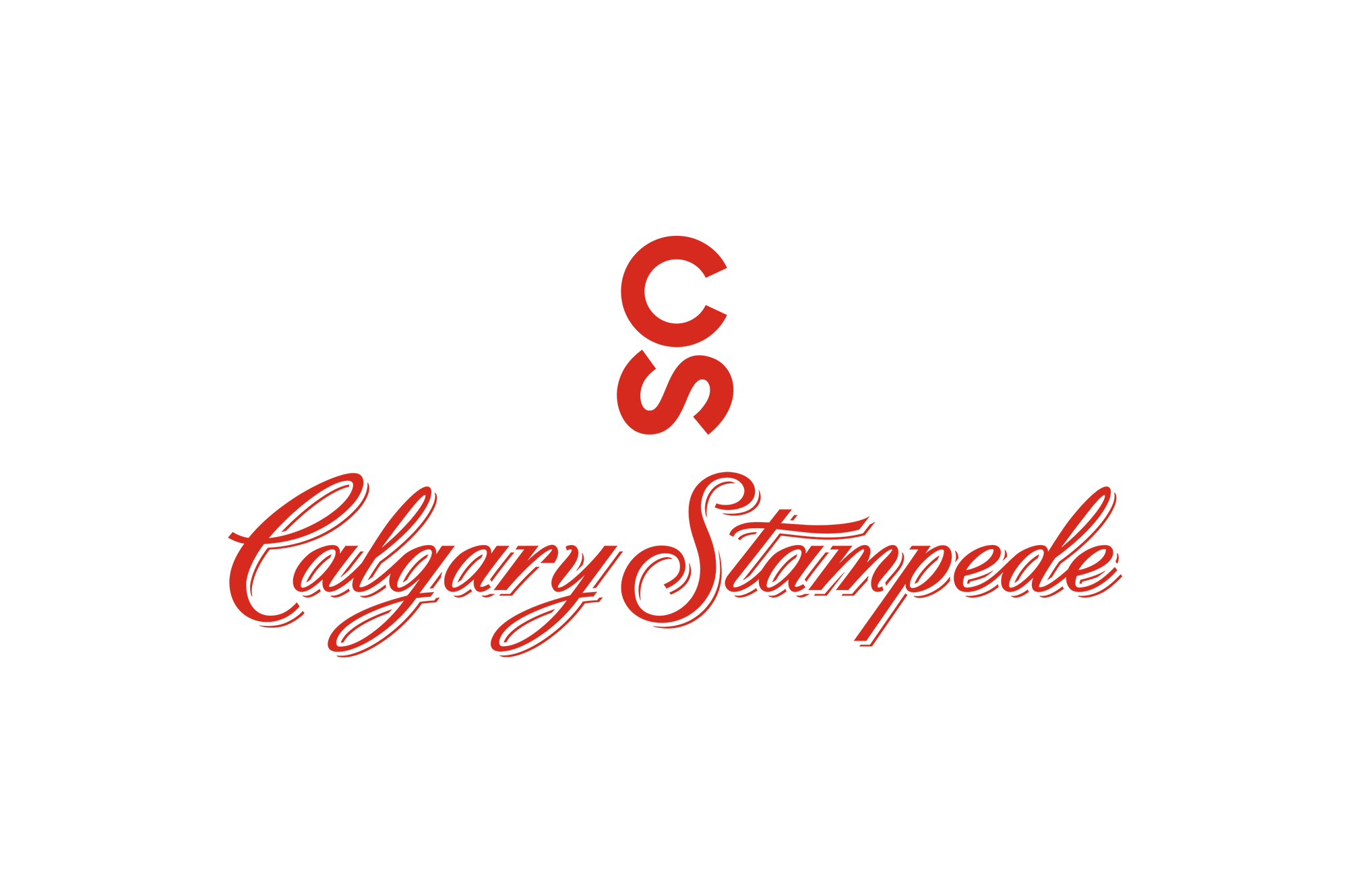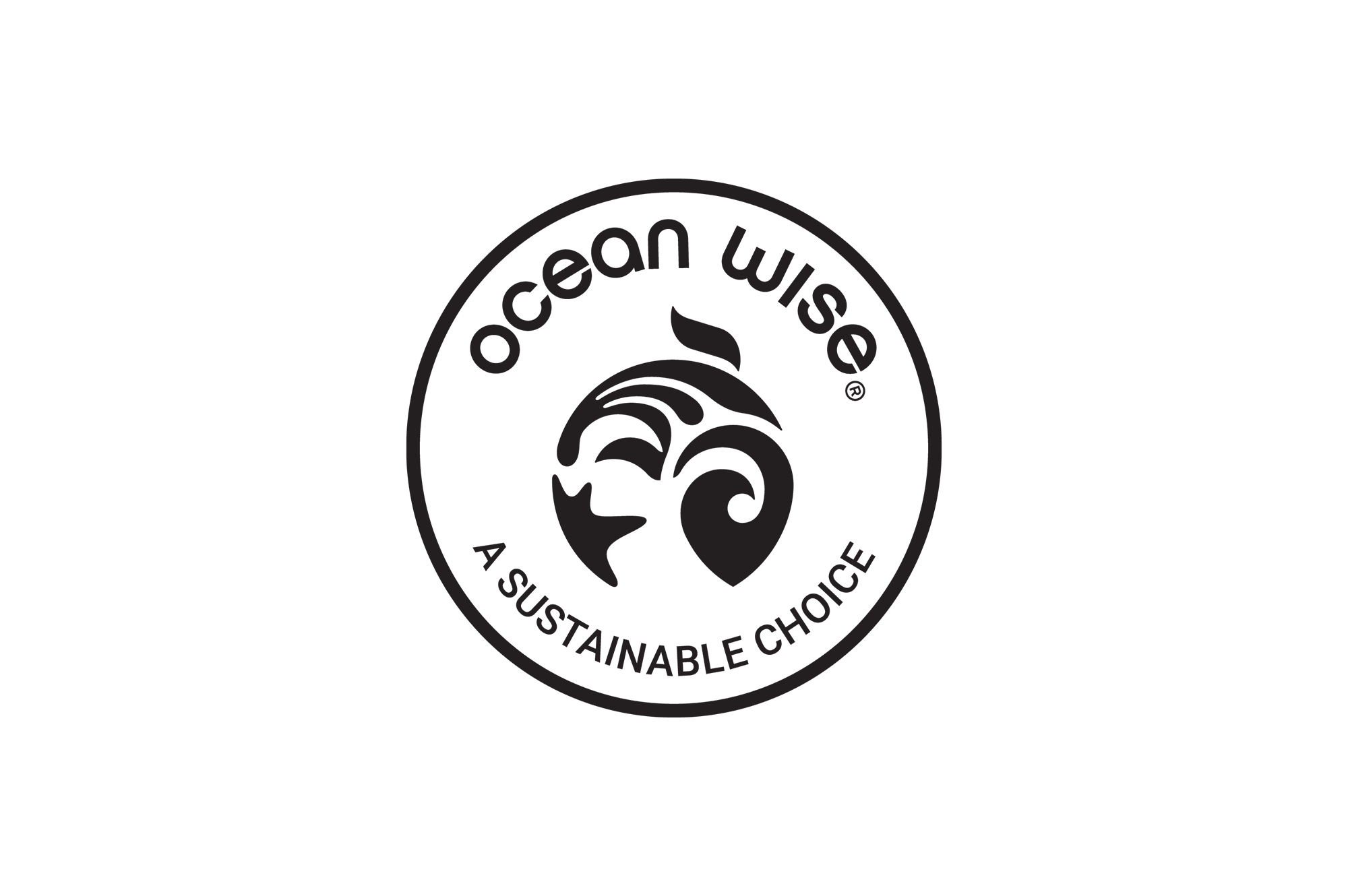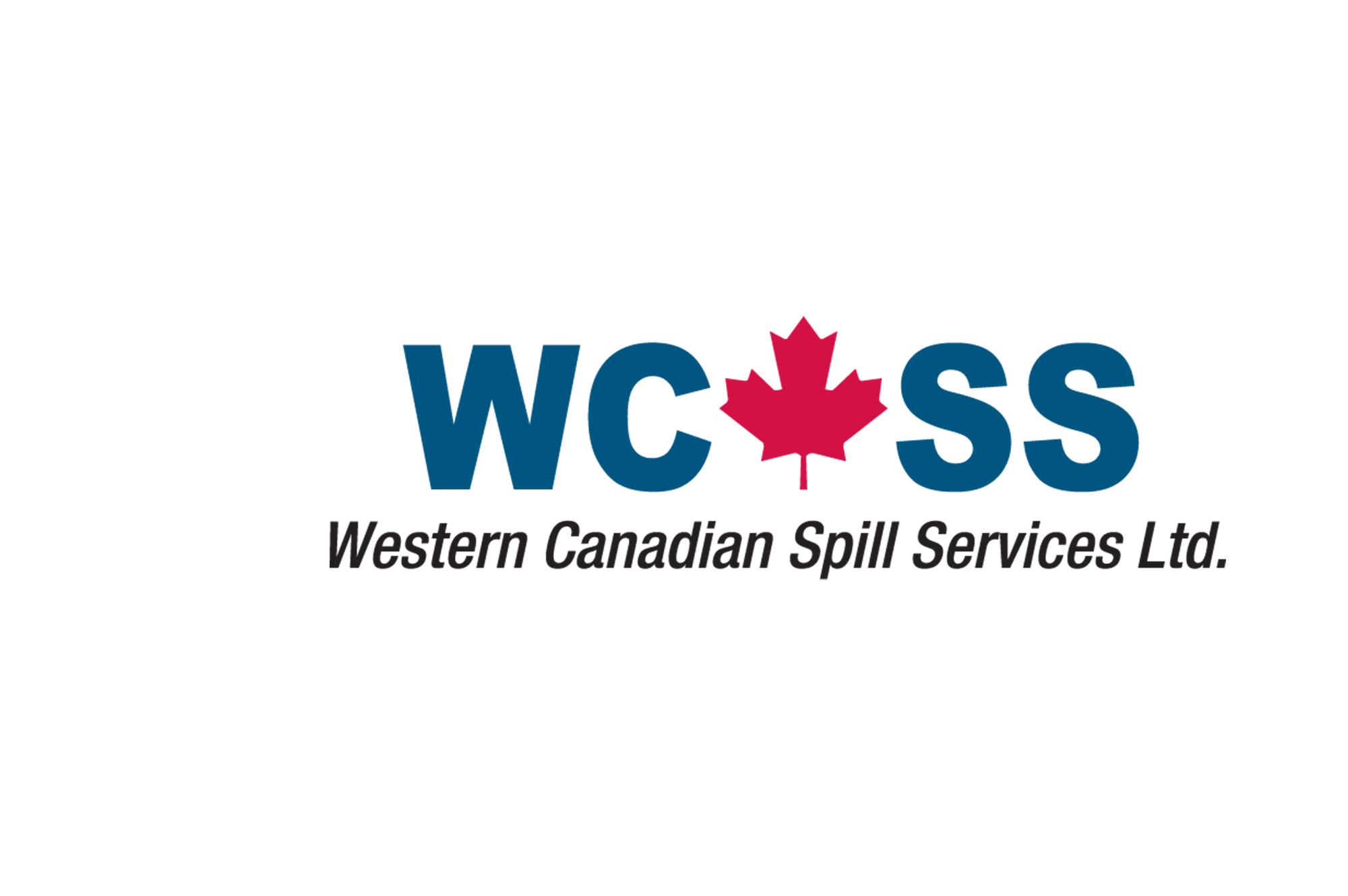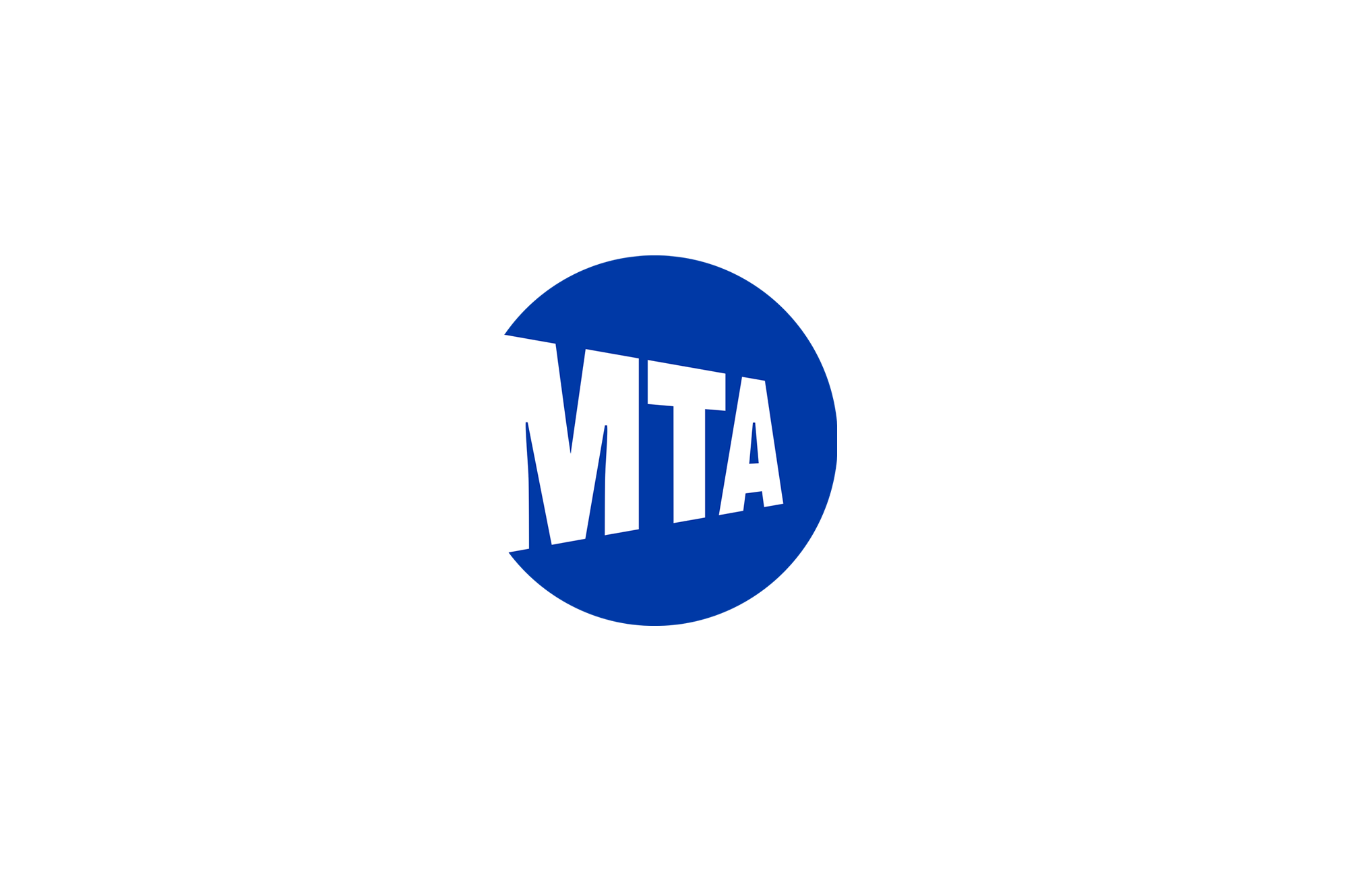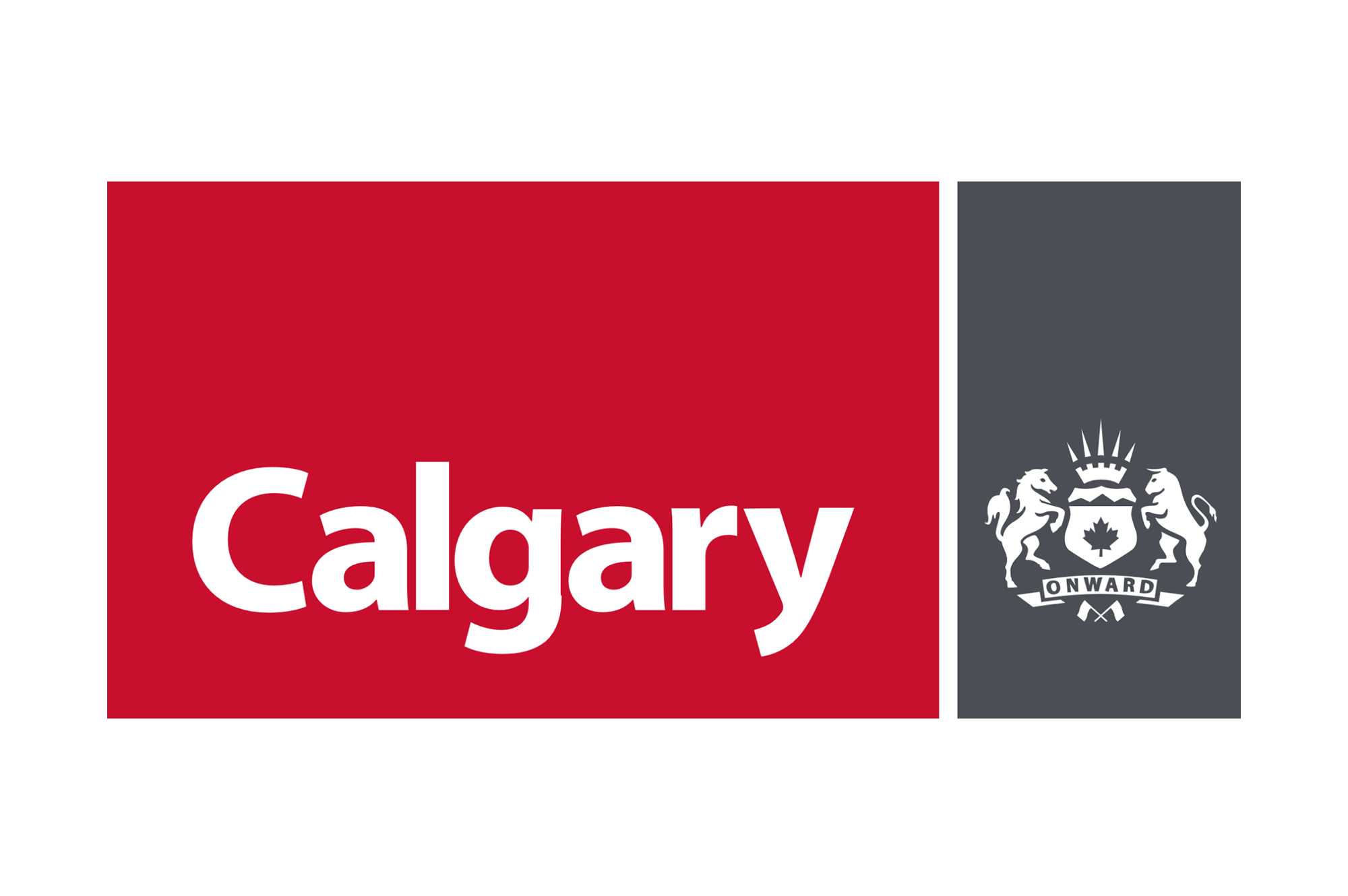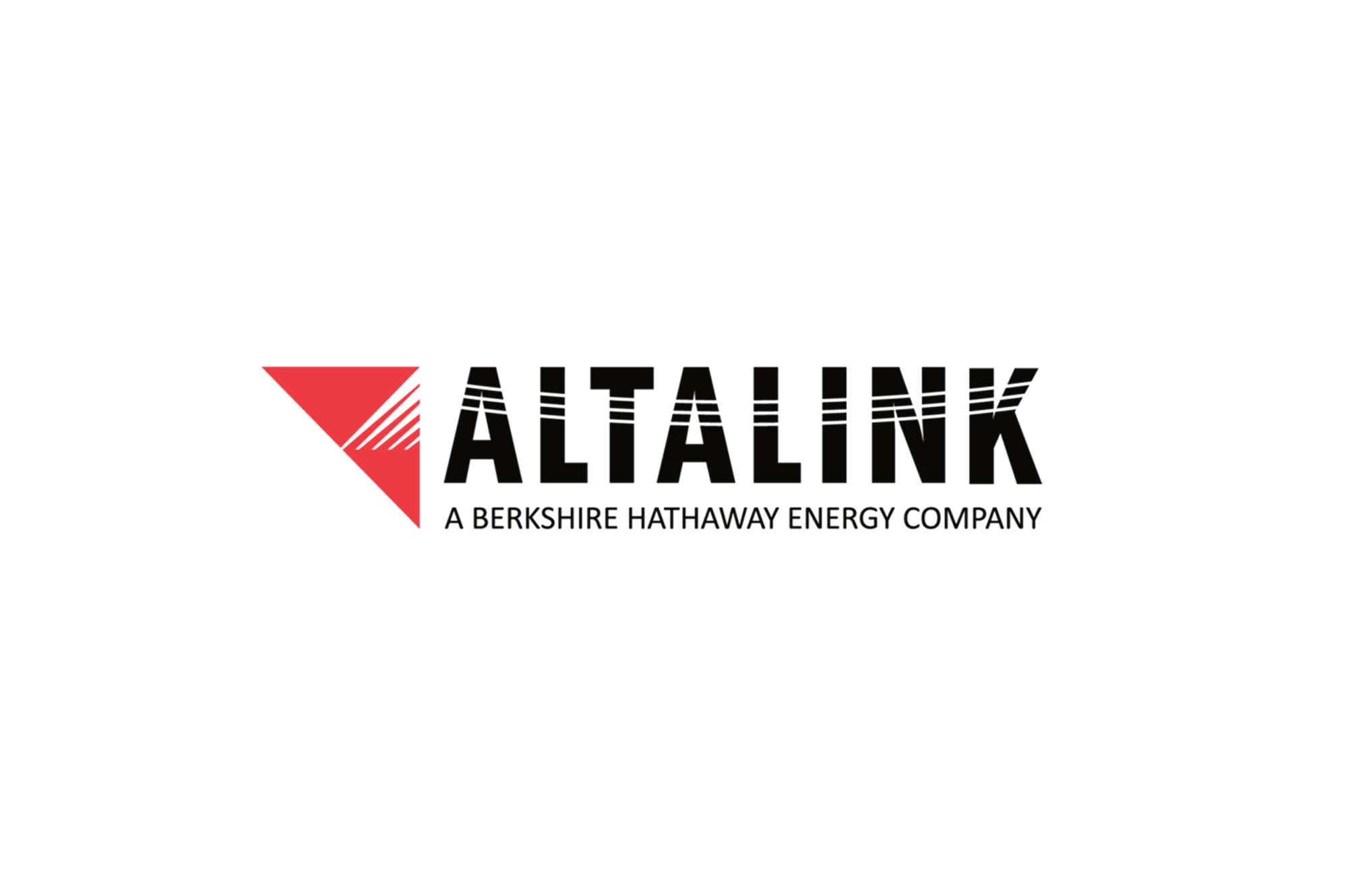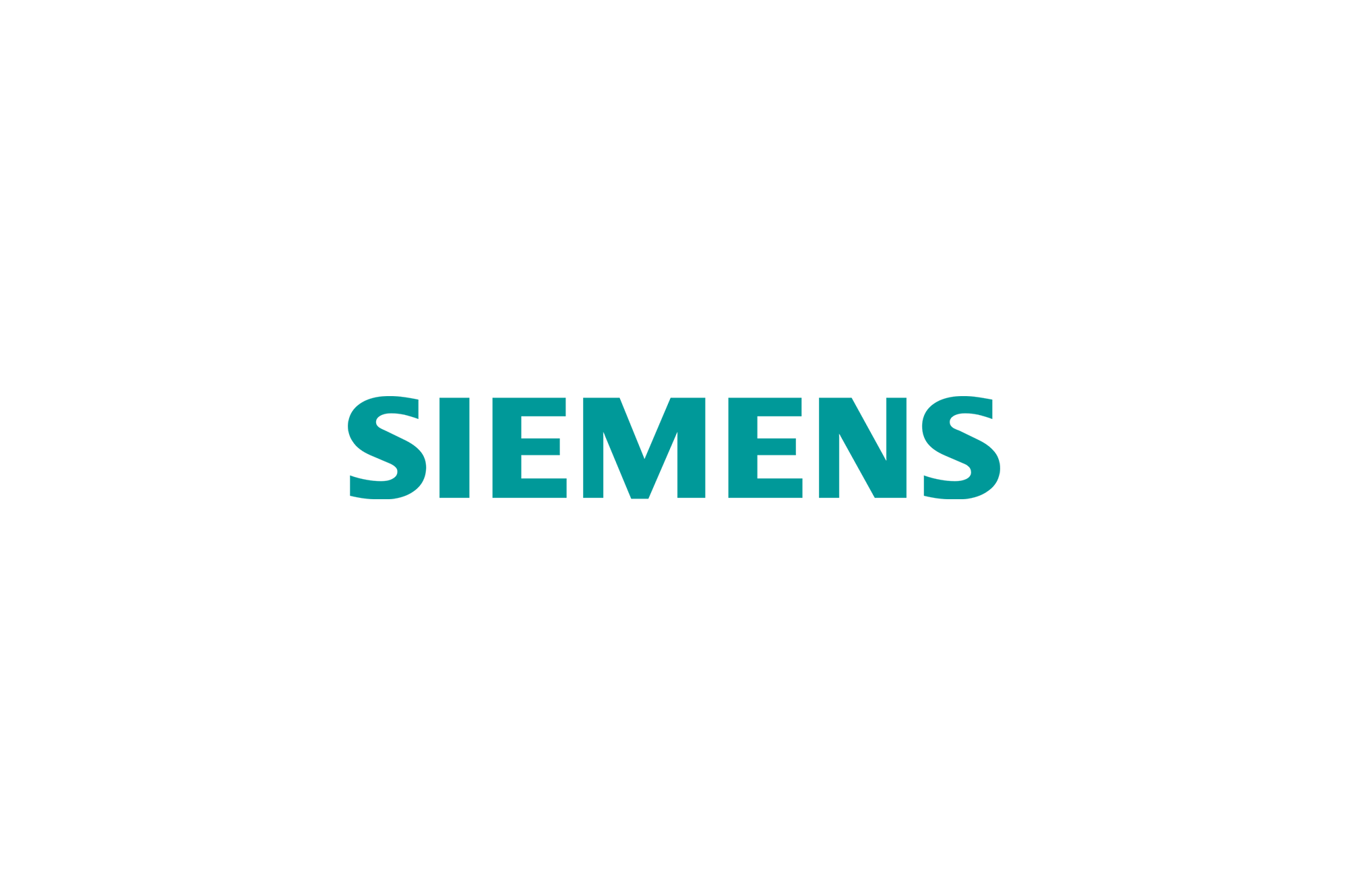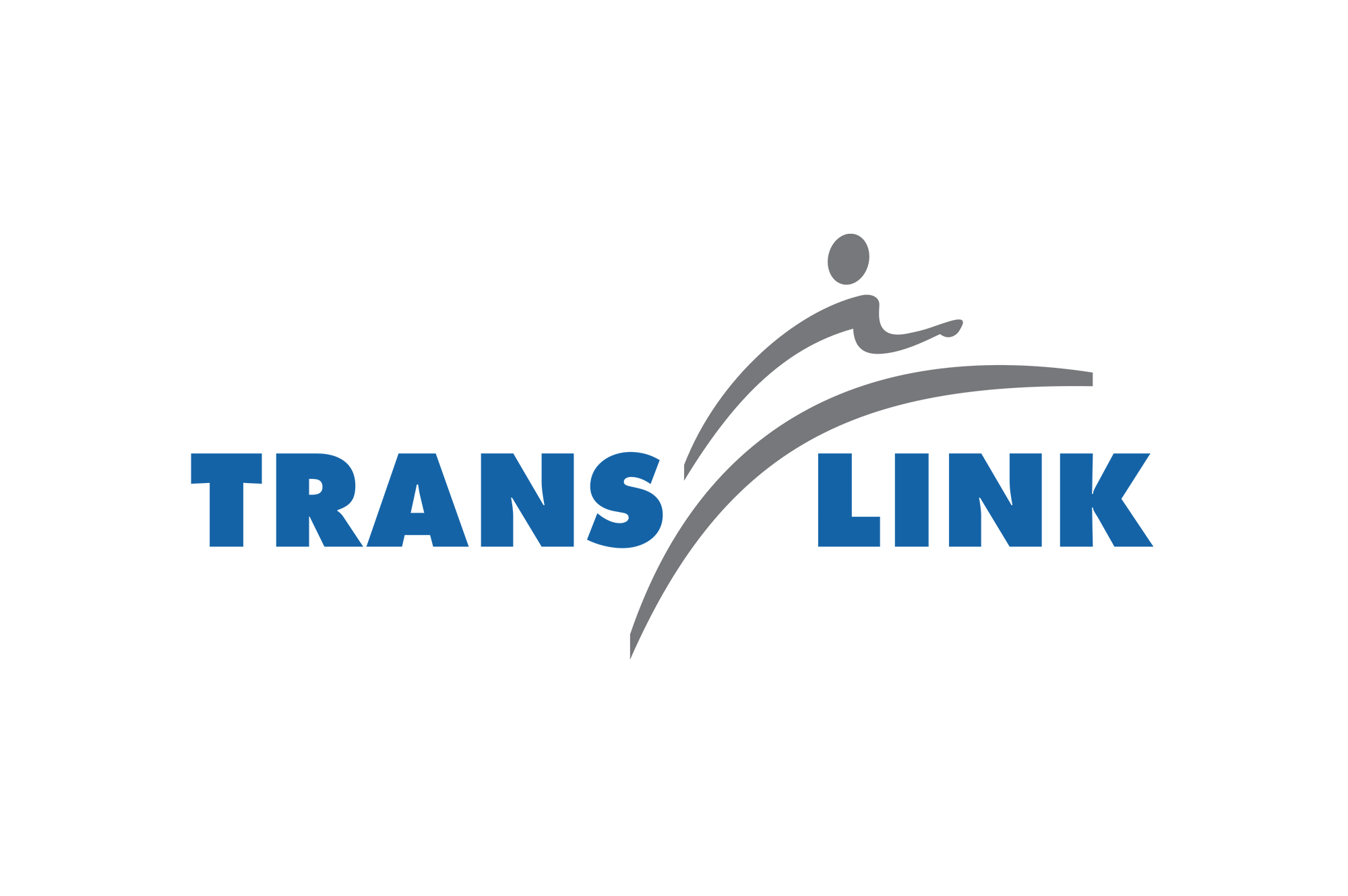BLOG
The Future of the Flexible Workplace
As the pandemic persists, companies around the world are considering the new normal, and the idea of a flexible workplace remains high on the list of ideas.

As the pandemic persists, companies around the world are considering the new normal, and the idea of a flexible workplace remains high on the list of ideas.

As businesses grapple with what a post-COVID workplace will look like, the idea of a flexible workplace remains high on the list of ideas.
Whether the concept of a flexible workplace will be myth or reality in the long term is anyone’s guess, but as the pandemic persists, companies around the world are considering the new normal.
While the coronavirus has forced people to work from home in sub-optimal conditions—hastily organized, often without proper equipment or support—many workers have demonstrated that flexibly can work. If given the right tools, managed well and treated fairly, employees may even thrive in a truly flexible workplace, offering them a better work-life balance.
In fact, companies that embrace the lessons from lockdown and accept the large-scale evidence that flexibility doesn’t diminish productivity may be the ones who come out ahead.
Big tech was the first to adopt a flexible workplace model and execute sweeping changes to the way its employees worked.
Facebook, which along with Google, has extended its work-from-home mandate until 2021, expects half of its workforce to do their jobs outside Facebook’s offices over the next five to 10 years. Twitter says employees who can work remotely will be allowed to do so forever, and Shopify predicts flexibility will be its new workplace model post-COVID.
Meanwhile, following a successful four-day workweek trial last year, Microsoft says it now has a “hybrid workplace strategy” that allows the option of working from home through October for most employees.
But tech giants aren’t the only ones considering a flexible workplace. Barclays, Mastercard and the Royal Bank of Scotland are just some of the companies allowing their employees to work from home, even as restrictions are eased and some employees start to trickle back into the office.
As many employers know, the pandemic has put into question the traditional belief that productivity is contingent upon set hours within an office environment.
If done well, flexible workplaces could be the way of the future. This means fostering managers and leaders who are trained in supporting people remotely, IT support that extends beyond the office complex’s walls, fast internet connections, stellar online learning and development, and compatible technology and video-conferencing platforms.
For the newest cohort entering the workforce—Gen Z—this could be very good news indeed. That’s because, even pre-COVID, this generation craved flexibility. And employers would do well to take note of their preferences: Gen Z (born between 1995 and 2012) accounts for a whopping one third of the world’s population.
Workplaces that continue to offer alternatives to the traditional office will likely appeal to Gen Zers, who decide on which job to pick less on salary alone but also on other perks offered. Flexible working arrangements, such as working remotely, part-time or with varied schedules that foster social distancing could appeal to Gen Z, allowing them to devote more time to volunteering, creative side projects and other activities they enjoy outside of work.
Whatever the future of workplaces looks like, we know it will be different from the one that existed pre-pandemic. While some employers slowly bring remote workers back to their regular workplace, others are opting for more flexible workplace solutions as they adapt to the new reality.
We develop digital knowledge solutions. Our team makes heroes of learning and development professionals. We improve workspace experience (and lives) across the globe, with better learning.
